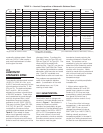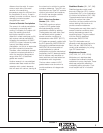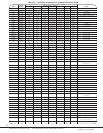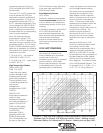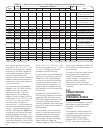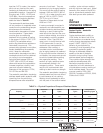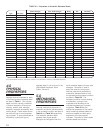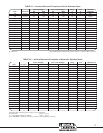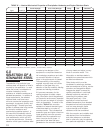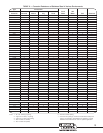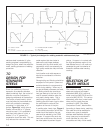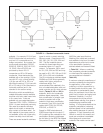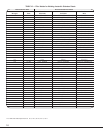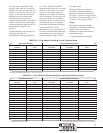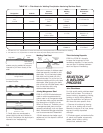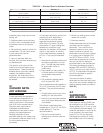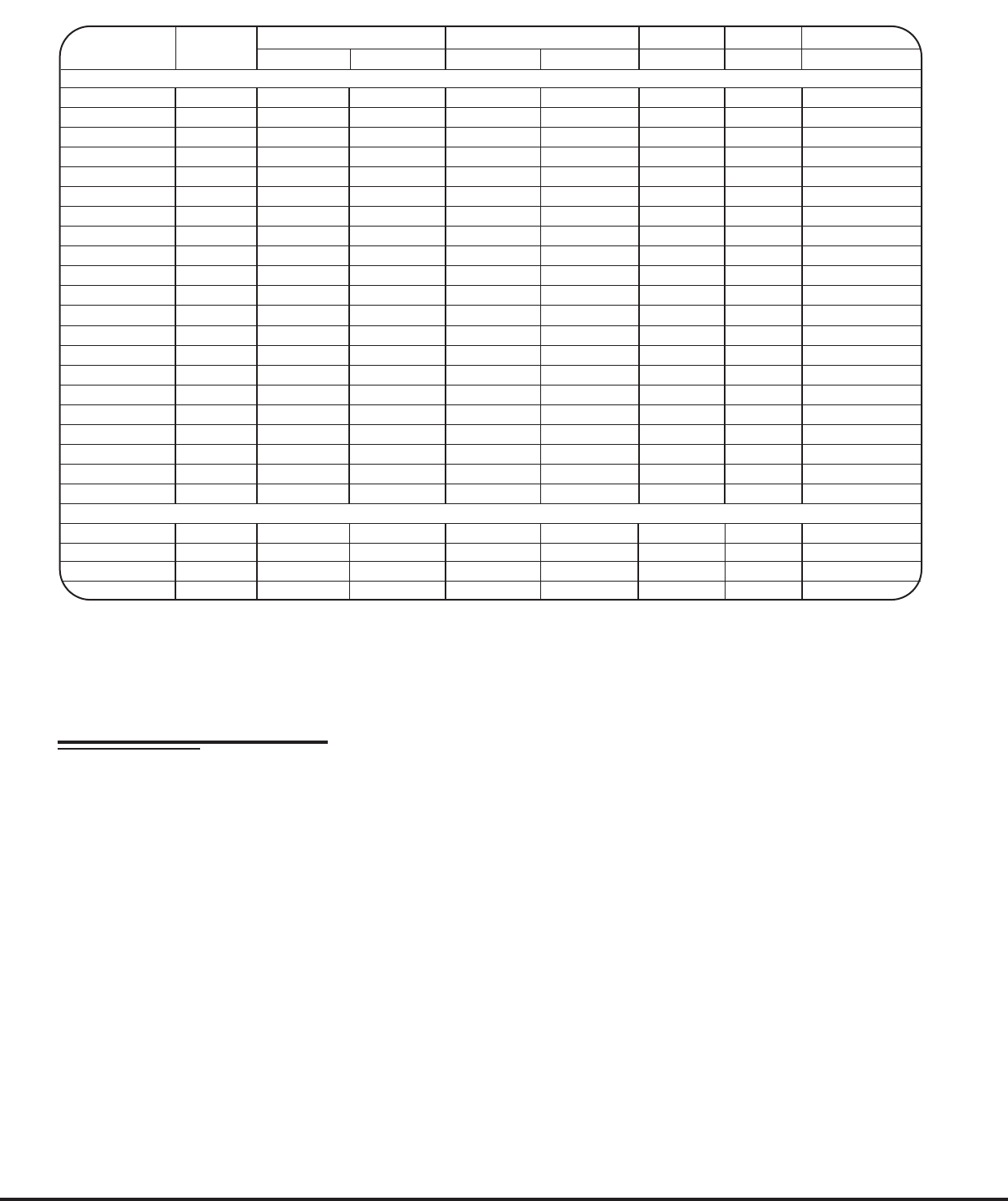
12
6.0
SELECTION OF A
STAINLESS STEEL
The selection of a particular type
stainless steel will depend on what is
required by the application. In most
cases the primary consideration is
corrosion resistance, tarnish
resistance or oxidation resistance at
elevated temperature. In addition to
these requirements, the selected
stainless steel must have some
minimum mechanical properties such
as strength, toughness, ductility and
fatigue strength. Several types and
grades of stainless steel may provide
the corrosion resistance and
mechanical properties required. In
this case the final selection should
be made on the basis of the lowest
cost available alloy which will fulfill
the service requirements. Generally,
selection of the type of stainless steel
is made by the designer of the
equipment or component based on
his knowledge, experience and data
on corrosion behavior of various
alloys in the environment of interest.
The responsibility of the welding
engineer normally does not include
selection of the base alloy, only
selection of the filler material, welding
process and welding procedure.
If it becomes necessary for the
welding engineer to select a base
alloy, information should be gathered
on the service environment, expected
life of the part and extent of corrosion
which is acceptable. To assist in this
selection, Table X lists corrosion
resistance of several standard types
of stainless steel to a number of
corrosive media. This indicates that
austenitic types and higher chromium
types generally are more corrosion
resistant than the martensitic and
lower chromium ferritic types. A
great deal of test data has been
generated on the corrosion behavior
of many metals and alloys in many
kinds of corrosive media. This
information on stainless steels is
available from several sources which
are listed as references.
Other factors which must be
considered in selecting a stainless
steel are resistance to pitting, crevice
corrosion and intergranular attack.
Intergranular attack is caused by
carbide precipitation in weld heat
affected zones and methods of
preventing this problem were
discussed previously. If the
application involves service at
elevated temperature, then elevated
temperature mechanical properties
such as creep strength, stress
rupture strength and oxidation
resistance must be considered.
With the corrosion and oxidation test
data derived from the handbooks
and other references, a stainless
steel or other alloy may be selected
for a particular application. Once the
Tensile Strength 0.2% Yield Strength Elong. R.A. Hardness
Type Condition Ksi MPa Ksi MPa %%Rockwell
Precipitation Hardening Types
Ph13-8 Mo H950 220 1517 205 1413 8 45 C45
15-5PH H900 190 1310 170 1172 10 35 C44
15-5PH H1150 135 931 105 724 16 50 C32
17-4PH Sol. Ann. 150 1034 110 758 10 45 C33
17-4PH H900 200 1379 178 1227 12 48 C44
17-7PH Sol. Ann. 130 896 40 276 35 B85
17-7PH RH950 235 1620 220 1517 6 C48
PH15-7 Mo Sol. Ann. 130 896 55 379 35 B88
PH15-7 Mo RH950 240 1655 225 1551 6 25 C48
17-10P Sol. Ann. 89 613 37 255 70 76 B82
17-10P H1300 143 986 98 676 20 32 C32
A286 H1350 130 896 85 586 15
AM350 Sol. Ann. 160 1103 55 379 40 B95
AM350 DA 195 1344 155 1069 10.5 C41
AM355 Sol. Ann. 175 1207 65 448 30 B95
AM355 DA 195 1344 155 1069 10 C41
Custom 450 Anneal 125 862 95 655 10 40 C30
Custom 450 H900 180 1241 170 1172 10 40 C40
Custom 455 H900 235 1620 220 1517 8 30 C47
Stainless W Sol. Ann. 120 827 75 517 7 C30
Stainless W H950 195 1344 180 1241 7 25 C46
Duplex Types
2205 120 827 65 448 25
2304 110 758 60 414 25
255 110 758 80 552 15
2507 116 800 80 550 15
From ASM Metals Handbook, 8th Edition, Volume 1; and 9th Edition, Volume 3
TABLE IX — Nominal Mechanical Properties of Precipitation Hardening and Duplex Stainless Steels



